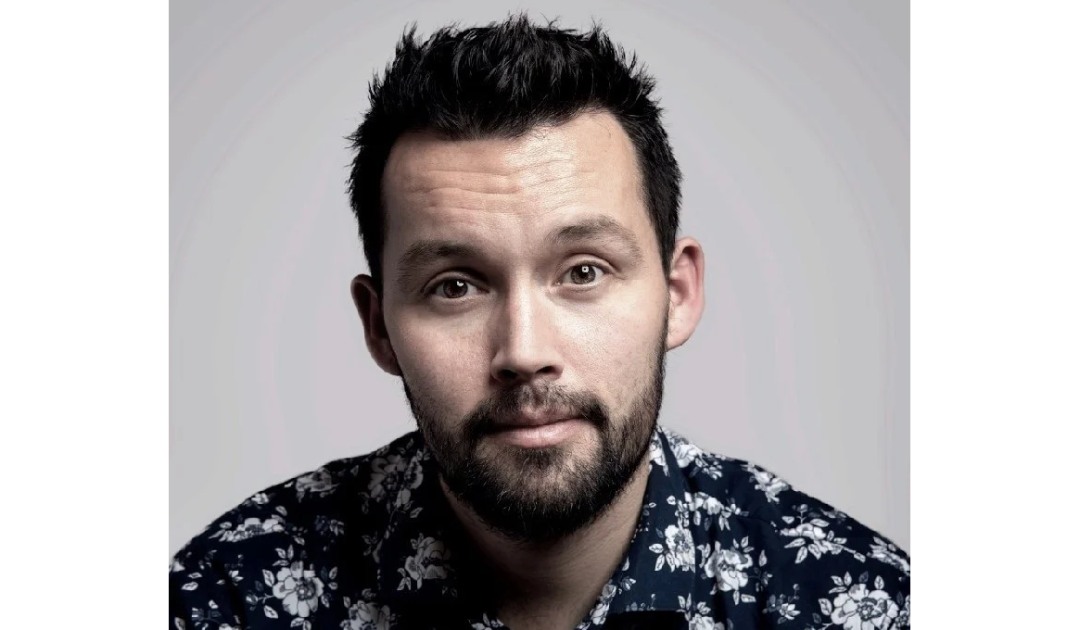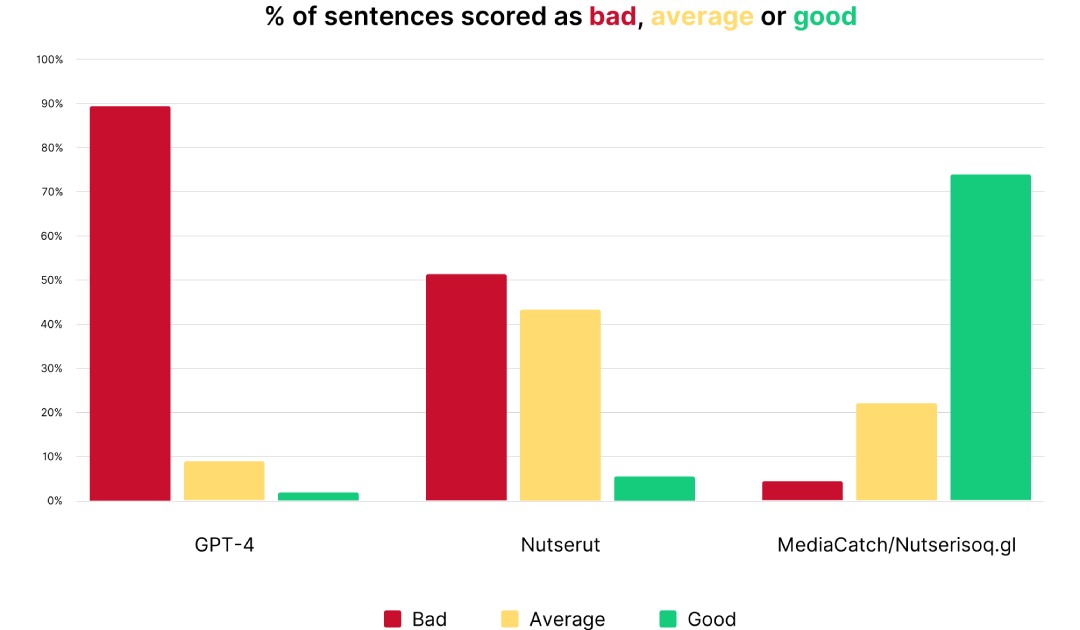
French national television are among the potential users of an AI tool developed for Greenlandic newspaper Sermitsiaq.
Last year, Danish start-up Media Catch contacted Greenland’s largest newspaper Sermitsiaq with a business proposal. They wanted to do what no one had been able to do before: to create an AI tool that would automatically translate the newspaper’s articles from Danish into Greenlandic.
But it was not an easy sell; Masaana Egede, CEO and editor-in-chief of Sermitsiaq, was skeptical.
“Like many Greenlanders, I was convinced that Greenlandic is one of most difficult languages in the world and that a computer could never learn it. Through the years, many experts have said so. But even so, they persuaded us to give it a try,” Masaana Egede told Polar Journal.
Today, Masaana Egede is happy with this decision. Because not only was Media Catch able to create a functioning AI translator; their tool worked so well that it is now inspiring other small languages around the world.
Even so well, that, according to Masaana Egede, if Sermitsiaq had been a for-profit company, they would quickly have been able to make “lots and lots of money”.

All translators still employed
Greenland is a bilingual society. By law, all government texts must be published in both Danish and Kalaallisut (Greenlandic). As a consequence, the small Arctic country spends fortunes on translations each year, and a fully automatic translation tool would therefore be a lucrative asset.
For Sermitsiaq, too, everything is bilingual. Since 1958, the newspaper has published all its articles in both languages. These days, an article will usually be written in Danish first, before it is translated and published in Greenlandic a few hours later.
To do these translations, Sermitsiaq employs four full-time translators. These translators, all still employed, have now been freed to do other work at the newspaper.
“It is a misconception that the translators will lose their jobs. I don’t believe so. I think the tool will become an aid to them, and also to other dual-language citizens of Greenland,” Masaana Egede said.
“The workflow of our translators will change. Instead of doing translations word-for-word, they will now get a rough translation that they will check for errors. This will save them some time,” he said.
He points out that Sermitsiaq’s ownership structure is that of a non-profit fund. For this reason, the new tool named Nutserisoq is not available as a single purchase tool. Instead, it is only available to Sermitsiaq subscribers, ensuring that the profits from the new tool will support Sermitsiaq’s goal of securing high-quality journalism in Greenland.
This translation add-on has helped Sermitsiaq more than double its digital subscribers since its introduction.

Used back catalog of high-quality articles
But how come, then, that a small Danish start-up was able to succeed where big tech companies like Google and Open AI had failed?
First of all, according to Masaana Egede, since the population of Greenland is only 57.000 people, the market is too small for big tech companies to invest. The potential gains are simply not there.
But secondly and more interestingly, Media Catch was able to work with data of much higher quality. Instead of scouring the internet for data of varying quality, the new AI model used Sermitsiaq’s entire back-catalog of 23.000 articles going back 20 years.
All of these articles existed in both Danish and Greenlandic, and because so many high-quality translations existed, Media Catch was able to create a functioning tool with much less data than large language models like ChatGPT.
“The first model I saw was quite bad, and I thought it would fail as it had done before,” Masaana Egede said.
“But with the second one I thought: ‘okay, this might be able to help me a tiny bit’. And when I saw the third one I choked on my coffee and thought: ‘wow, it is crazy that this is possible’,” he recalled.
Inspired French television
Masaana Egede is not the only one to be impressed by the new translation tool. The fact that limited but high-quality data from a news outlet can be used to make a translation tool, means that it might be useful to other small languages around the world.
“Our success implies that it could work elsewhere. There are many languages around the world that, like Greenlandic, are not prioritized by big tech. They just need a dataset like ours,” he said.
And according to Masaana Egede, many people have shown an interest in the new tool. In early April, for instance, Masaana Egede presented his results at the Nordic AI in Media Summit in Copenhagen.
His presentation was met with standing ovations, and afterwards, a representative of French national television contacted him. He wanted to know if the same tool could be used to translate some of France’s regional and overseas languages like Breton, Alsatian, and Tahitan. Masaana Egede put him in touch with Media Catch, so they could assess if a similar solution will be possible in France.
“There has been a lot of interest from people who call and write to me about this tool. I think one reason that so many people are interested is that it is a relatively simple tool,” Masaana Egede said.
“Some AI tools are so complicated that only a few people in the IT department will know how to use them, but this tool has ended up being useful not only around our company but also in other companies in Greenland,” he said.
Ole Ellekrog, Polar Journal AG
More on the topic:





